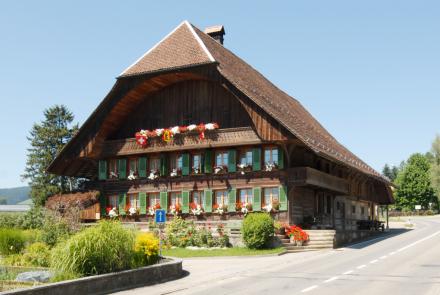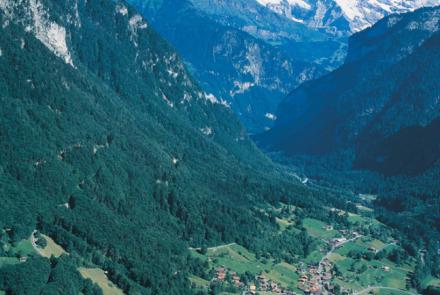Located at the western section of central Switzerland, the Bern Canton ranks second among the Swiss cantons both in size and in its bilingual population. About 16% of the canton's inhabitants speak French while the rest (84%) use German - both the languages are official.
Approximately 20% of the region is covered by glaciers, rocks and lakes. Bern joined the Swiss Confederation in 1353. Drained by the Aare River and its tributaries, the canton can be split into six subregions, out of which
the most populous is Mittelland positioned north of the Alps, where the capital city of Bern can also be found. The northernmost subregion is Jura, while the area at the extreme south is known as Oberland. The Bern Canton is very mountainous, with many glaciers, steep rock formations, numerous waterfalls and quite a few peaks rising over 3,000 m. This is exactly where you can encounter the most famed Swiss mountains such as Eiger, Mönch and Jungfrau.
Substantial income is locally generated from tourism. The area is densely webbed with railways and it boasts the highest station in Europe - Jungfraujoch. Moreover, the region offers a great number of funicular railways and cableways, one of them the longest in the world. Vast mountain meadows are dotted with picturesque Swiss villages.
Another important sector of economy is agriculture, particularly cattle ranching. Multitude of the locals are engaged in producing the traditional cheeses of the Ementhaler type, but the canton is also noted for quality wines. Grapevine is grown first and foremost around the Biel Lake. Bern is also a major industrial region with a nuclear power plant built in the town of Mühleberg.
5,959 km²
Population:
1,026,227
Administrative arrangement:




